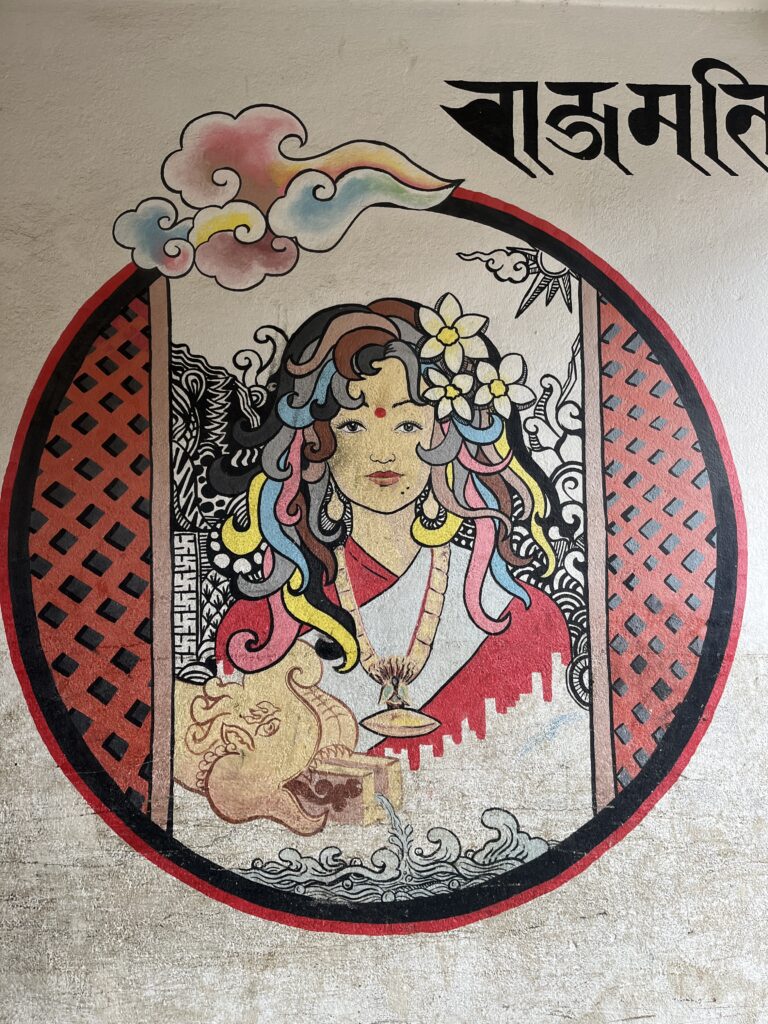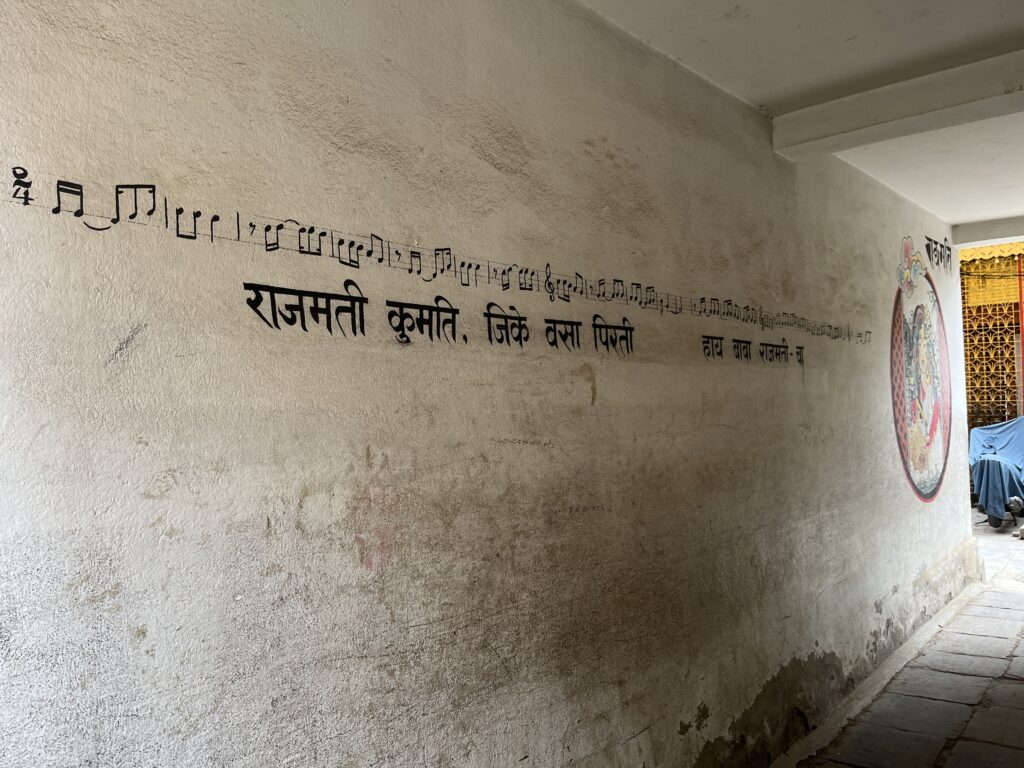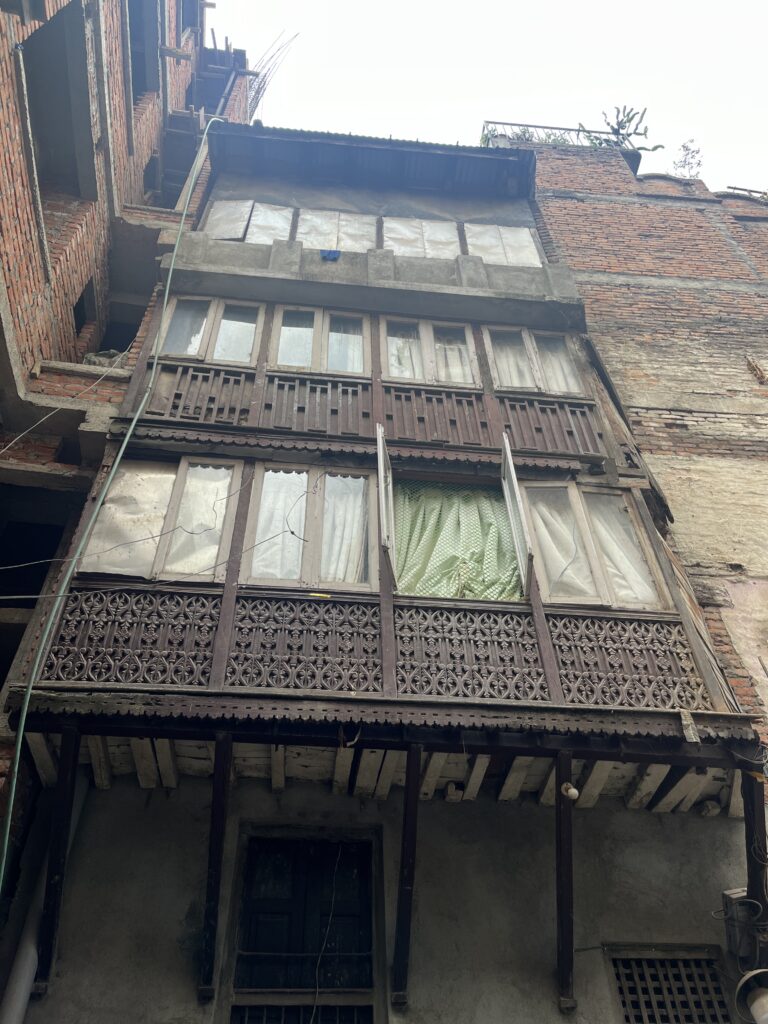“Rajamati kumati jike wasa pirati
“haya baba Rajamati cha”
Nischal, my high school friend, and I embarked on a journey to explore the historic house of Rajamati on May 12th, 2024. With Nischal having flight back to the United States the next morning, we decided to rendezvous early to exchange photos and gifts, a plan I almost forgot amidst the excitement. Nischal presented me with a captivating poetry collection titled “Words of Paradise,” featuring selected works by Rumi.
The idea to visit Rajamati’s place sprouted from Nischal’s prior conversation. Intriguingly, this interest coincided with a post from a newfound Instagram friend, Sambid who is an avid enthusiast of history and heritage. Eagerly, I accepted the deal with the joint exploration to the place.
Before setting out, Nischal enlightened me with fascinating details. He spoke of a renowned Newari song dedicated to a woman named Rajamati, celebrated for her beauty and curly hair. Legend has it that the song’s origins date back to Prime Minister Jung Bahadur’s visit to England in 1850, when it became a substitute for the absent national anthem, if I am not mistaken.
The song paints a poignant narrative of Rajamati’s life, recounting her mundane visit to Maruhiti to fetch water, and who fell on her back at the large stone. Her fateful marriage against her protestations because of the devious matchmaker, and her subdued existence in a home devoid of ornate embellishments.
Armed with this historical backdrop, we delved into Itumbahal, guided by insights from my IG friend and our shared curiosity. Our first stop was Keshchandra Parawatta Mahabihar, a sanctuary adorned with intricate temple architecture and serene Buddha statues. Though the adjacent museum remained closed, our encounter with a helpful local set us on the path to Rajamati’s abode.
Despite initial setbacks in navigation, Nischal’s intuition led us to a hidden alley adorned with wall art depicting Rajamati’s painting and the “good for ears” song lyrics inscribed in Devanagari script. With renewed determination, we traversed the narrow passageway, emerging into an area brimming with renovation activities.
After consulting the locals, we pinpointed Rajamati’s ancestral dwelling, identifiable by its ornate window frames—a poignant reminder of her legacy amidst the transient passage of time. Though the house lacked preservation efforts and housed unrelated occupants, the thrill of uncovering this historical gem left us elated and united in our shared accomplishment.
Our journey not only unveiled the layers of history surrounding Rajamati but also reinforced the power of collaboration and curiosity in unraveling stories older than two centuries.




P.S Support taken from Chatgpt to refine grammar and vocabulary
If you want to visit her place, here’s the location.
